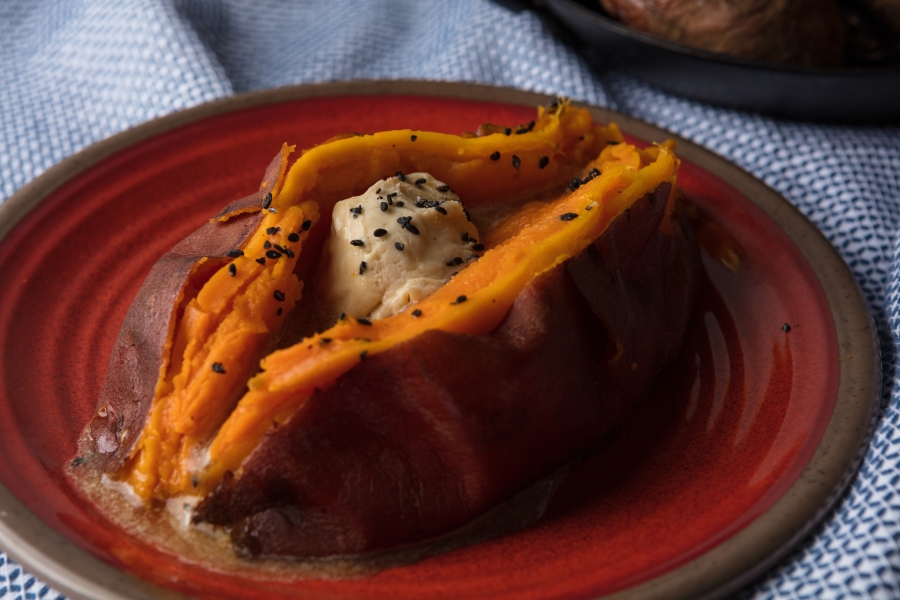A few months ago, I sneaked away from my desk to see director Hirokazu Kore-eda’s Japanese film “Our Little Sister,” about three women who live together in their grandmother’s house in Kamakura; upon discovering they have a younger orphaned half-sibling, they take her in. More than making me long for sisters of my own, it compelled me to cook. The women constantly dine and prepare meals together. As I watched the oldest sister — and family cook — boil a pot of noodles, slide a tempura-battered slice of eggplant into a pan of bubbling hot oil or smilingly anticipate the salad she’d compose with Hokkaido potatoes newly arrived at the vegetable market, I thought, I would like to make those things.
It wasn’t an aspirational longing. This wasn’t like seeing “Big Night” and deciding to spend a weekend making a labor-intensive, gigantic, multi-layered, pasta-filled Italian timpano, or watching “Babette’s Feast” and getting the notion to re-create an elaborate dinner party that culminates in stuffed quails encased in puff pastry. What I observed on that screen was the kind of food I imagined I might fix for myself regularly if I lived in Japan: uncomplicated, relatively quick, nourishing dishes made with few ingredients.
The past few years saw an uptick in titles about that country’s cuisine that were more likely to appeal to the timpano types than to the Nigel Slater or Ina Garten crowd. More recently, though, contemporary cookbooks with recipes for Japanese food most of us can — and might be likely to — prepare have begun to reach the United States. I wondered whether, using them to guide me, I could cook the way “Our Little Sister” had inspired me to. I decided I’d challenge myself to do it for a week or so and see what happened.
First, though, I wanted to understand what constitutes home cooking in Japan. “Everyday Japanese home cooking tends to be simple and unfussy: often grilled or fried fish or one-pot dishes like soups, stews and curries to be eaten with rice and perhaps some vegetables,” replied London-based chef Tim Anderson, whose cookbook “Nanban: Japanese Soul Food” (Clarkson Potter) was published in 2015. There isn’t a lot of overlap between what you eat at restaurants and what you’d make for yourself. “Home cooks typically don’t have the skills, time or equipment to make classic Japanese dishes like sushi, ramen or even yakitori on a regular basis,” he said.



